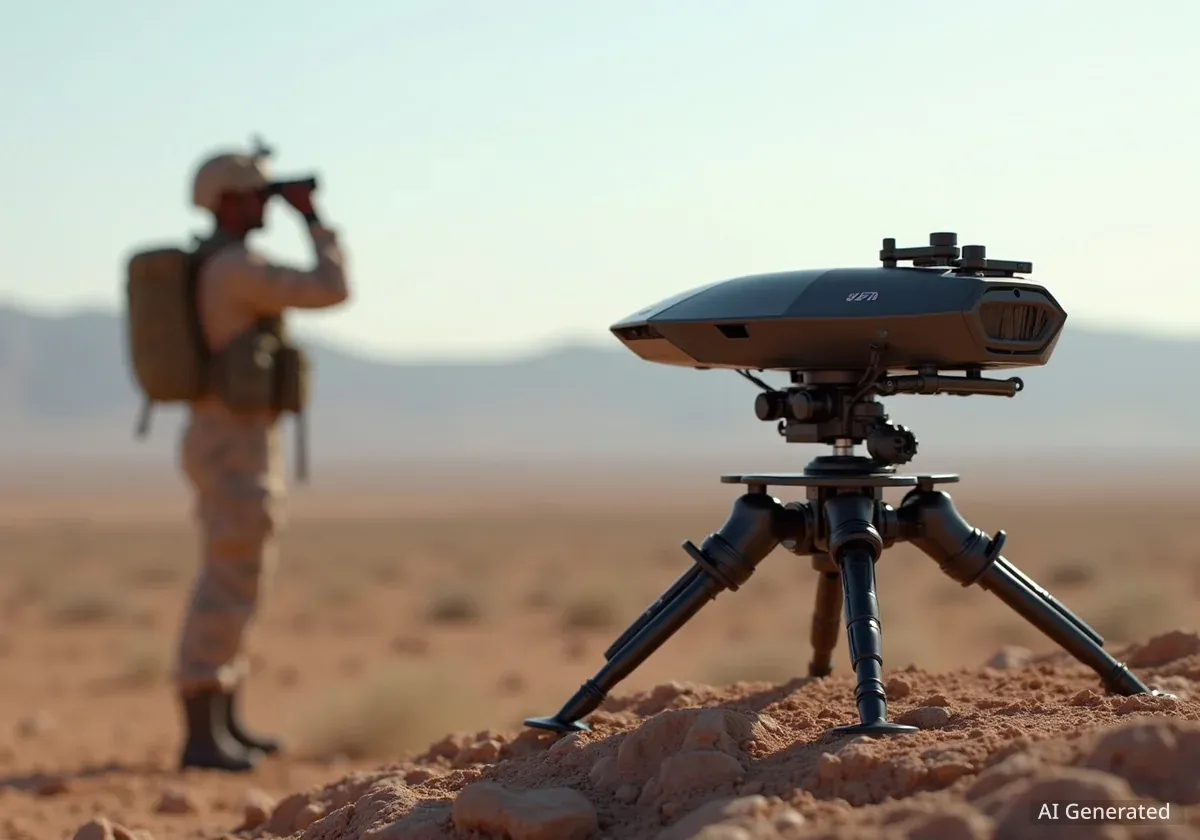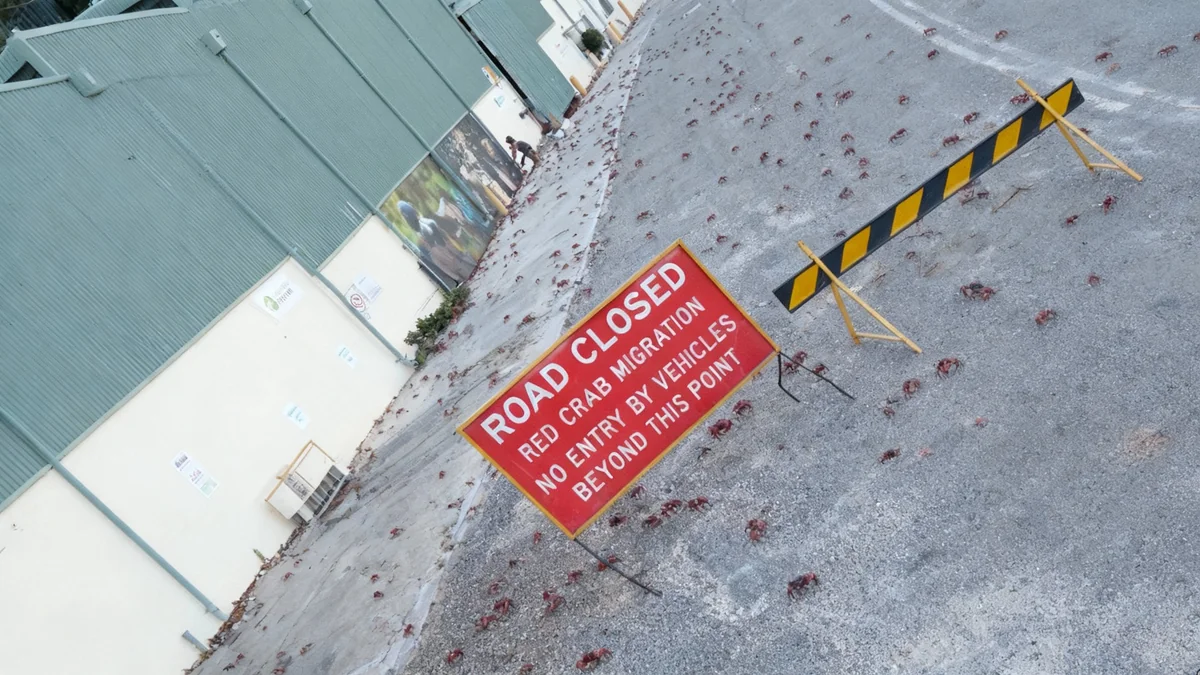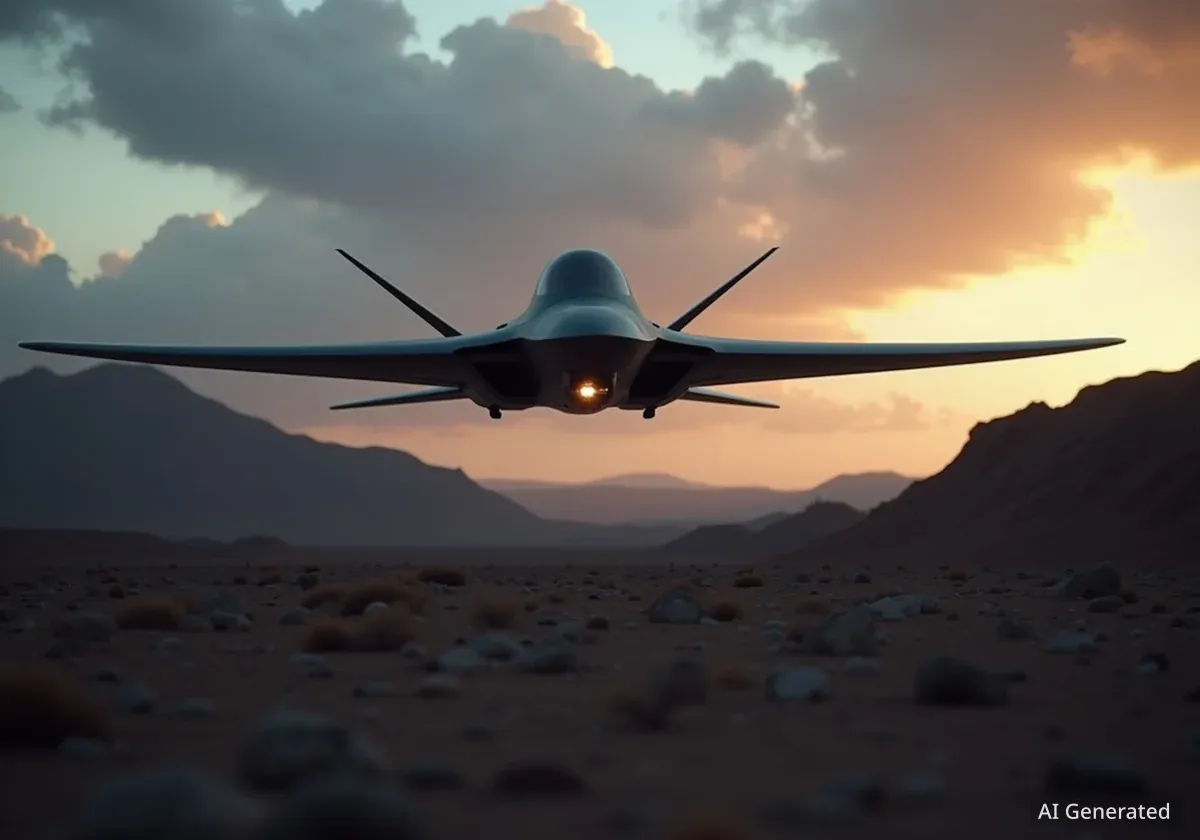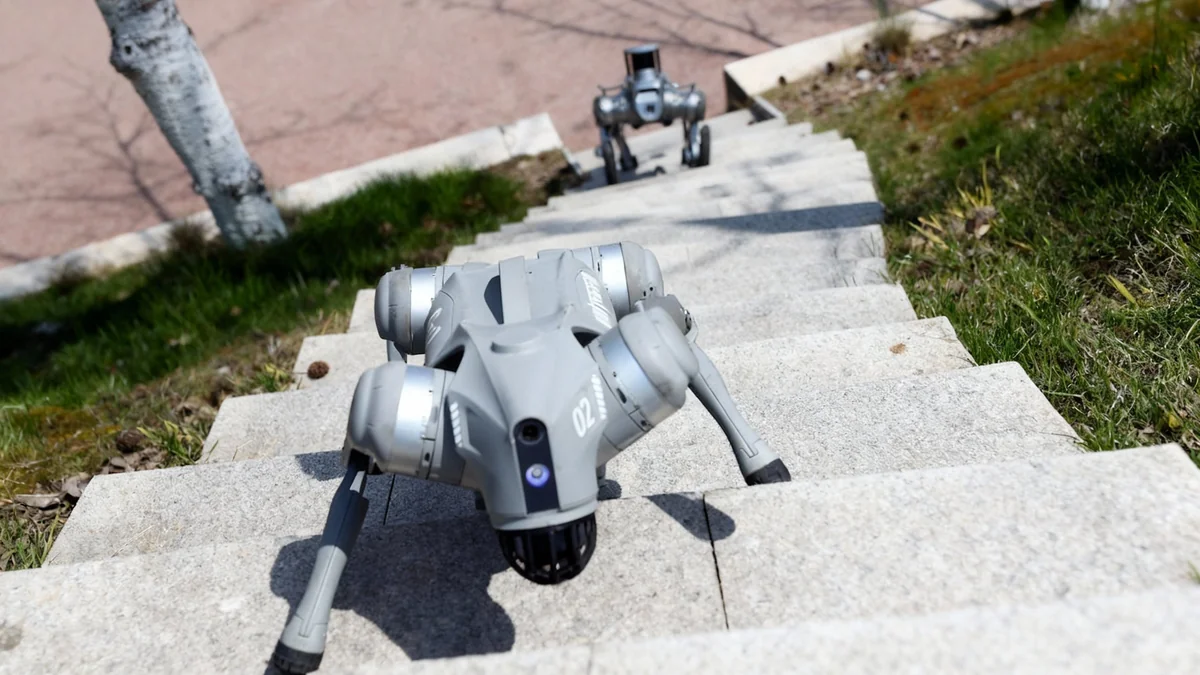United States Special Operations Command (SOCOM) has entered into a contract to procure an advanced anti-drone weapon system known as the Bullfrog. Developed by American startup Allen Control Systems, the autonomous turret uses artificial intelligence to convert standard machine guns into sophisticated drone interceptors, with an estimated cost of just $10 per engagement.
Key Takeaways
- US SOCOM has contracted Allen Control Systems for its Bullfrog autonomous anti-drone turrets.
- The system uses AI for target detection and tracking, requiring only a fire command from an operator.
- The estimated cost to intercept a single drone is approximately $10, offering a significant cost advantage over missile-based systems.
- Bullfrog is designed to counter a wide range of drones, including those similar to the Iranian Shahed.
SOCOM Procures New Counter-Drone Technology
The contract for the Bullfrog systems was officially signed with Allen Control Systems and is being executed through the technology solutions provider ManTech. While the total value of the deal and the specific number of units to be delivered have not been publicly disclosed, the acquisition marks a significant step in equipping special forces with next-generation defense capabilities.
The Bullfrog is a modular turret designed to be mounted on various platforms, including tactical vehicles and maritime vessels. Its core function is to automate the process of countering unmanned aerial vehicles (UAVs), a growing threat in modern conflict zones.
A Strategic Response to a Modern Threat
The proliferation of inexpensive yet effective combat drones, such as the Iranian-made Shahed-136 and its Russian variant, the Geran-2, has created an urgent need for cost-effective countermeasures. Traditional air defense systems, which often rely on missiles costing hundreds of thousands of dollars, are economically unsustainable for intercepting drones that may only cost a few thousand dollars to produce.
Technical Specifications and Capabilities
The Bullfrog system is engineered for flexibility and effectiveness against a broad spectrum of aerial threats. According to company information, it is capable of defeating drones categorized under NATO's Group I to Group III classifications. This range includes small, commercially available quadcopters as well as larger, more sophisticated systems weighing over 600 kilograms.
Weapon System Integration
One of the key features of the Bullfrog is its ability to integrate with existing military hardware. The turret can be armed with several widely used machine guns, including:
- The M240 general-purpose machine gun
- The M230 chain gun
- The M134 Minigun
Allen Control Systems also notes that customers can request the integration of laser systems for specialized applications, further expanding its operational flexibility.
Performance of the M240 Configuration
When equipped with an M240 machine gun, the Bullfrog system has an effective engagement range of up to 800 meters. It can deliver a rate of fire of 850 rounds per minute, and the entire turret system weighs approximately 75 kilograms before ammunition is loaded.
The Role of Artificial Intelligence
The system's autonomous capabilities are powered by its sophisticated software, which incorporates artificial intelligence for critical functions. The AI is responsible for detecting and tracking potential aerial targets using a suite of passive sensors. This automation significantly reduces the cognitive load on the operator.
Despite its advanced automation, the Bullfrog maintains a crucial human-in-the-loop operational model. The AI handles the complex tasks of identification and aiming, but a human operator retains final authority and must issue the command to fire. This ensures oversight and adherence to rules of engagement.
"The system incorporates artificial intelligence for target detection and tracking, allowing operators to issue only the fire command."
This approach combines the speed and precision of machine learning with the judgment and accountability of a human soldier, creating a highly efficient and responsible weapon system.
A Shift in Military Strategy
The procurement of the Bullfrog system reflects a broader strategic shift within the U.S. military. Defense analysts and military branches, including the U.S. Air Force, have increasingly emphasized the need for low-cost, high-volume solutions to counter the drone threat. Using expensive missiles to down cheap drones creates an economic imbalance that favors adversaries.
Systems like the Bullfrog, which can neutralize a drone for the cost of a few dozen machine gun rounds, offer a sustainable and scalable defense. This approach, often called moving to the "left of boom," focuses on defeating threats before they can cause damage, using the most economically viable method.
The potential deployment of such systems in theaters like Ukraine is also a consideration. Official presentation footage for the Bullfrog has shown it engaging targets that resemble the Shahed-type drones extensively used in the conflict. The development of this technology is seen as a direct response to the tactics and hardware observed in recent global conflicts.
As drone technology continues to evolve and proliferate, the demand for adaptable and affordable counter-UAV platforms is expected to grow, positioning AI-driven systems like the Bullfrog at the forefront of modern military innovation.





